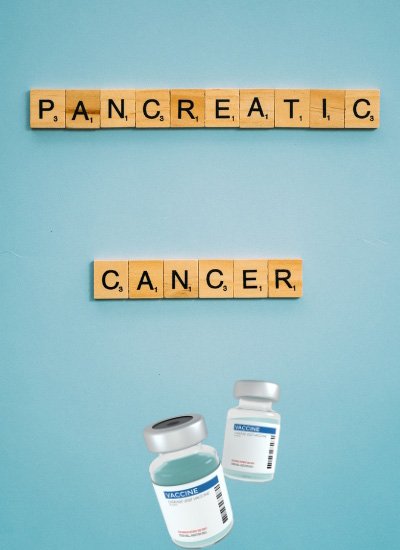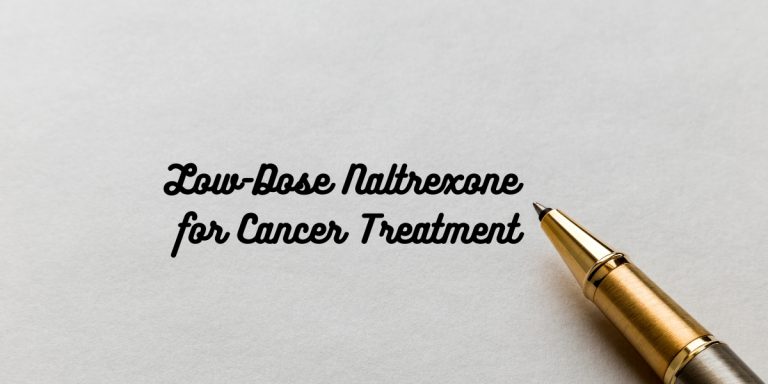Can low-dose naltrexone help in cancer prevention?
Low-dose naltrexone (LDN) is a well-known opioid antagonist that’s used in alcohol and opioid abuse; however, in the last few years, LDN’s role in cancer research has increased as its believed that it has an upcoming role in cancer treatment and prevention, due to its effectiveness and its low adverse events when compared to conventional chemotherapeutic drugs.
Researchers performed various studies to test the hypothesis that LDN:
- Obtains direct antitumor activity.
- Potentiate immunological functions by internal immunomodulation.
- Minimize chemotherapeutic toxicity and adverse events without the need to decrease the chemotherapeutic drug dose.
- Improve the quality of life for terminal patients.
- Prevent tumor development.
LDN shows promising results for patients with breast cancer, colon cancer, pancreatic cancer, and prostate cancer, among others.
What is the use of low-dose naltrexone for colon cancer?
The percentage of patients affected by colorectal cancer (CRC) patients is increasing annually. Low-dose naltrexone (LDN) has been reported to delay CRC tumor progression but the exact mechanism remains unclear. It’s believed that LDN reduces tumor size by increasing levels of M1-like macrophages and activating the Bax/Bcl-2/caspase-3/PARP signaling pathway to induce apoptosis, But further studies must be held to confirm the rule of LDN in CRC.
Can low dose naltrexone used in pancreatic cancer?
There is a number of clinical trials describing the long-term survival of pancreatic cancer patients after being treated with intravenous alpha-lipoic acid and oral low-dose naltrexone (ALA/N protocol). Several months after ALA/N administration to the patients, a PET scan was done and it demonstrated no evidence of cancer.
Alpha-lipoic acid is administrated with LDN in this protocol as it’s believed that it reduces oxidative stress, stabilizes NFkB, stimulates pro-oxidant apoptosis, and decreases malignant cells proliferation, while LDN role in pancreatic cancer is believed to be modulating the endogenous immune response.
However, synergism and the additive relationship between ALA and LDN and their role in pancreatic cancer need further clinical trials to be proven but ALA/N protocol is assumed to extend the life of patients who are considered terminal.

Low dose naltrexone for breast cancer
There is a case of a female patient with Stage IV Breast Cancer, she was administered LDN in the standard dosing model of 1.5mg daily at night for two to four weeks then 3mg for two weeks then the dose was elevated to 4.5mg, her quality of life improved, her pain decreased, and her sleep pattern improved, although her breast cancer markers remaining elevated her overall symptoms improved and her imaging showed complete stabilization. Further studies need to be done but this case is one of the pioneer steps to show the role of LDN in improving the quality of life of breast cancer patients.
low dose naltrexone for prostate cancer
In a clinical study, a prostate cancer patient was treated with LDN, and his PSA (prostate cancer tumor marker) decreased by over 20% in two months and after Six months, it had decreased again, therefore it’s assumed that LDN may have a key role in stabilizing prostate cancer progression.
low dose naltrexone chemotherapy
LDN dose is crucial in cancer treatment, several studies demonstrated that LDN when given in a low intermittent dose, may prolong survival duration and achieve metastatic resolution due to opioid growth factor (OGF) binding to the receptor causing a decrease in the tumor growth development. On the contrary, Naltrexone when used in a high continuous dose may fasten tumor metastasis. Therefore the continuous administration of LDN is unadvised as this will cause compensatory up-regulation of the receptor that may cause tumor progression.
It’s believed that the low dose efficacy is due to the incomplete receptor blockage that allows the binding sites to be available for endogenous endorphins and exogenous opiates to bind to. Short-term blockage by LDN allows the body to produce large amounts of opiates in response to positive feedback. The endogenous opiates saturate receptors on immune system cells and produce a response.

Commonly discussed Mechanism of action on the role of LDN in Tumor suppression:
- Inhibit proliferation.
- Act as an anti-inflammatory.
- Enhance the maturation of dendritic cells.
- promote apoptosis by Rebalancing BAX: BCL2.
- PI3-K pathway suppression.
- Modulating the functions of immune cells.
- Elevate expression of p21 and the pro-apoptotic BAD and BAX.
- Decline expression of anti-apoptotic BCL2.
- Inhibits TLRs and dampens IL6 production.
low dose naltrexone for cancer treatment
The reasons that encouraged scientists to study LDN are that it’s non-toxic and low in cost, also its molecular structure and metabolic characteristics make it a perfect candidate to be used in cancer prophylaxis and oncotherapy.
Unfortunately, what holds the medical field from using LDN in a wide number of cancer patients is the unclear signal programming mechanism and the inadequate clinical studies, we hope that this will change in the near future.
Resources
- Low-dose naltrexone inhibits colorectal cancer progression and promotes apoptosis by increasing M1-type macrophages and activating the Bax/Bcl-2/caspase-3/PARP pathway
- Low Doses Naltrexone: The Potential Benefit Effects for its Use in Patients with Cancer
- Revisiting the ALA/N (alpha-lipoic acid/low-dose naltrexone) protocol for people with metastatic and nonmetastatic pancreatic cancer: a report of 3 new cases
- Naltrexone at low doses (LDN) and its relevance to cancer therapy
- Naltrexone’s Impact on Cancer Progression and Mortality: A Systematic Review of Studies in Humans, Animal Models, and Cell Cultures
- Preclinical and clinical studies into the bioactivity of low-dose naltrexone (LDN) for oncotherapy







